‘Is there anybody out there?’ Sussex County Charter School selected to contact space station
Sparta. At the school’s first-ever amateur radio camp, “Making Connections,” students talked to other radio operators from around the country and world.
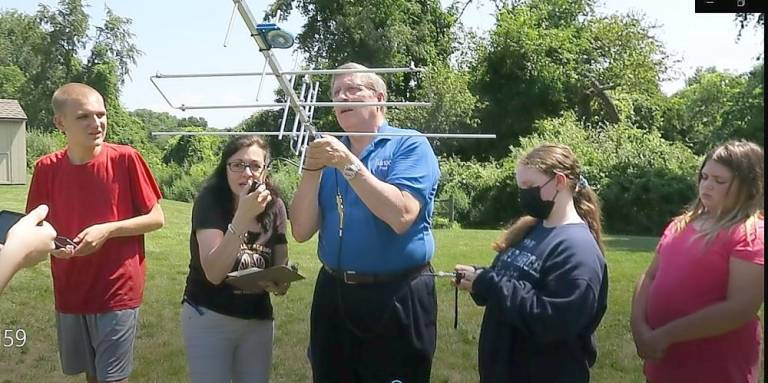
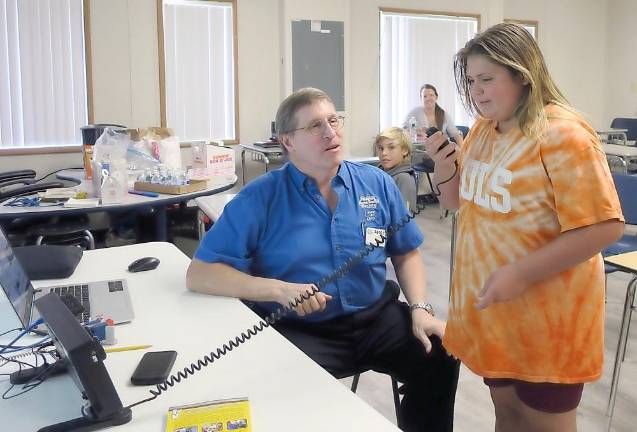
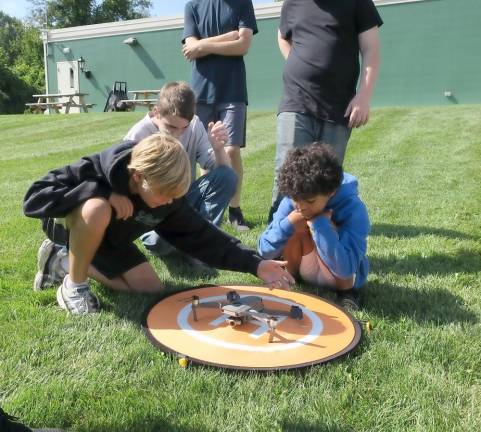
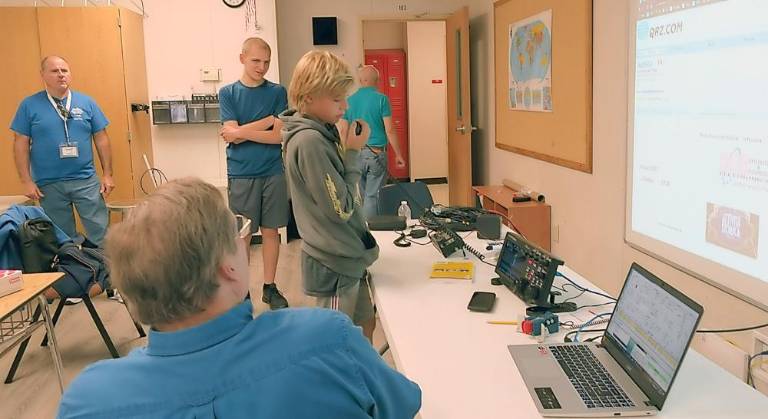
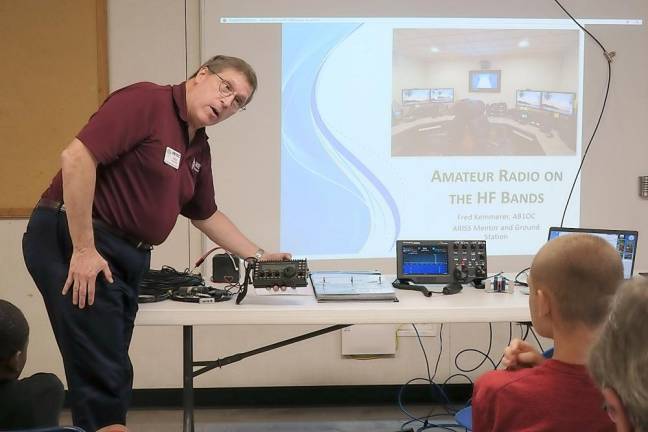
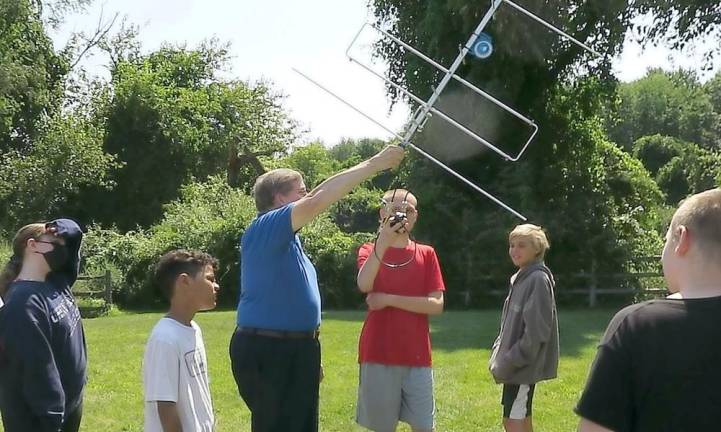
Ham radio is truly the ancestor of the cell phone. It’s all about antennas capturing radio signals: delivering them and receiving them.
The Sussex County Charter School for Technology’s first-ever amateur radio camp, called “Making Connections,” fostered student engagement and creativity with hands-on activities.
Held last August, the camp started out with some electronic basics for students in grades 6 through 8 and progressed to ham radio, learning about its evolution and current uses.
Charter hosted guest licensed amateur radio operators who spoke to the students about QSO’s (radio contacts) and other applications of amateur radio bands in the modern world.
Not only did the local Sussex County Amateur Radio Club members visit to present a talk about Morse Code, but the Nashua Area Radio Society president, Fred Kemmerer from Nashua, New Hampshire, rode down to remotely run his antenna and hosted some QSO’s for us, whereby students got to talk to other radio operators from around the country and world. He also led a “fox hunt’’ that was a special kind of scavenger hunt using hand held radio to find a hidden transmitter.
The students and their teachers also learned about how they can make contacts with other amateur radio operators through satellites in space.
We rounded off the week with the director of the Hudson County Radio Club, Ria Jairam, who gave us a special presentation about an exciting application of radio use drone flight, which is making its way into many businesses, from real estate to pesticide treatment to home delivery of packages, using a radio-operated remote control.
Why radio camp?
Why a ham radio camp? As Kemmerer states in his online newsletter, “The summer Radio Camp was a STEM education program that the school developed in support of their upcoming contact with an astronaut on the International Space Station (ISS).”
Last April, Charter was approved for an ARISS contact. ARISS stands for Amateur Radio on the International Space Station. It is a joint educational outreach program between amateur radio and the International Space Station to spark more STEM career interest in students. Every year, about 15 U.S. schools get chosen for such a contact, after submitting their proposals, competing with many other school proposals that have been entered.
Kemmerer is the school’s ARISS-assigned equipment mentor and took on such a great interest in hearing about Charter’s camp that he decided to ride down in person to share his passion for radio communication with the teachers and students. The students’ parents joined us on the last afternoon of camp to learn about amateur radio and view the showcased activities their kids had performed during the week.
As part of the Sussex Charter’s intensive STEM program, the school has formed an amateur radio club dedicated to enriching the students’ learning experience in the physical sciences. Located within the school facilities, the club and radio station will engage students in activities that will involve building an amateur radio station, provide licensing training courses for any student who wishes to earn an amateur radio license, and engage in local and worldwide communications with other amateur radio operators around the globe and through orbiting satellites.
Throughout this school year, in advance of the February astronaut contact, teachers will be infusing more activities involving communication, space exploration, and collaboration into all subject areas. Charter is forming its own licensed radio club and students will have the opportunity to take a course that will ultimately allow them to become licensed amateur radio operators.
Editor’s note: MaryLou DeCaprio is a middle school science/STEM teacher at Sussex County Charter School for Technology and a science blogger.
Throughout this school year, in advance of the February astronaut contact, teachers will be infusing more activities involving communication, space exploration, and collaboration into all subject areas.